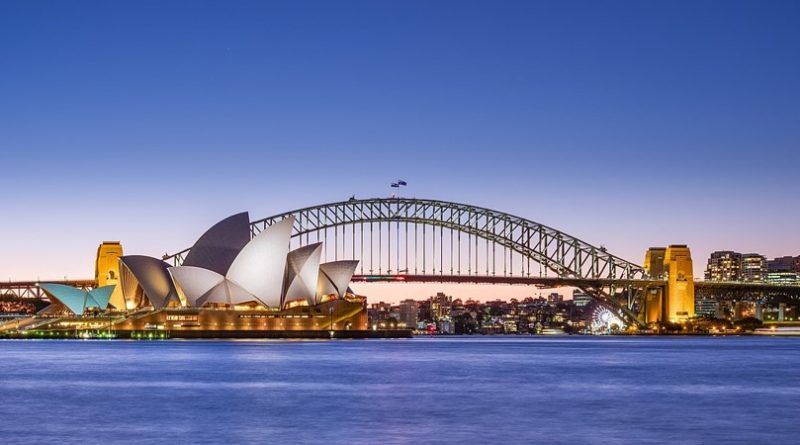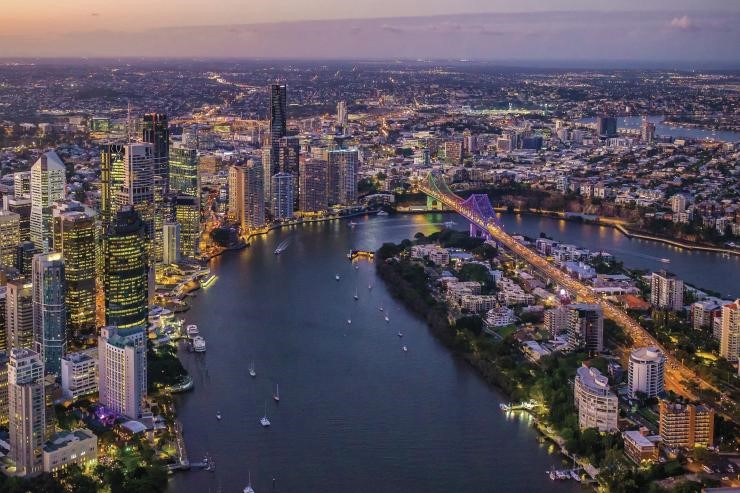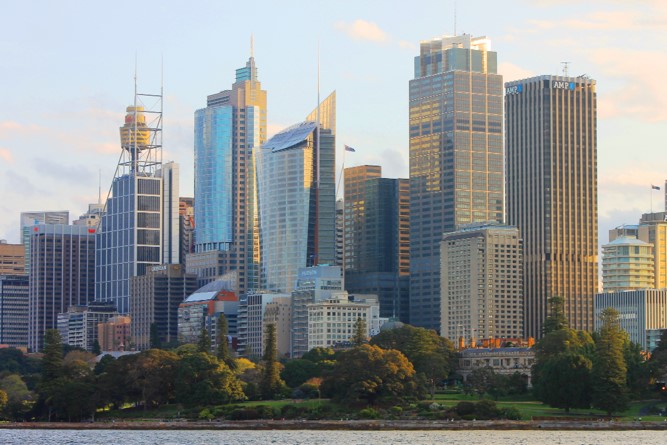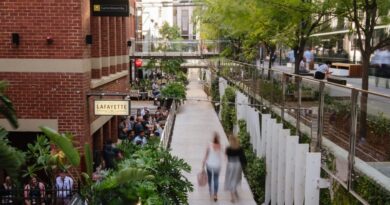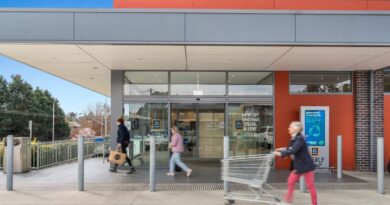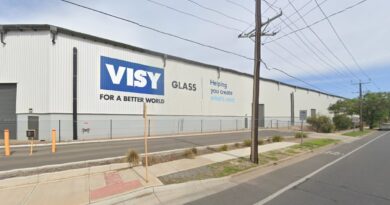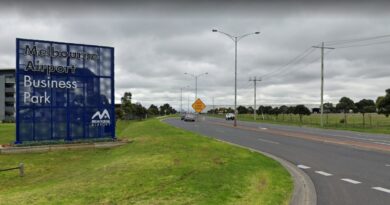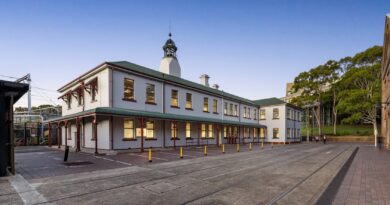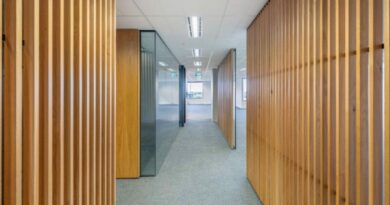Australian office vacancy up again: PCA
Australian office vacancy rose again – as several buildings which formed part of a development wave that started before COVID are added to the supply stocklist, while tenant demand remains relatively subdued.
The national rate increased 80 basis points to 12.9 per cent, according to the Property Council of Australia’s Office Market Report for the six months to July, 2022.
For CBDs specifically, vacancy lifted 0.7pc to 12pc, even though tenant demand rose 0.4pc.
Despite talk about the popularity of suburban markets since COVID, on an overall basis, occupancy actually went backward – vacancy for non-CBD offices is now 15.2pc up from 13.9pc.
“Vacancy rates have generally stabilised across the country with the amount of sublease space returning to the market reducing considerably,” according to CBRE’s head of Office Leasing, Mark Curtain.
“CBRE recorded 203,528 square metres of new 1,000 sqm-plus transactions across the national market in 1H2022 and activity grew exponentially in the past three months – 146,572 sqm in Q2 against 56,956 sqm in Q1 – as the market normalised after the COVID restrictions of late 2021 and early-2022,” he added.
“During the current cycle, sublease availability peaked in September 2020 at 428,600 sqm but has since retracted to 268,553 sqm, as tenants proactively pursued competitively-priced space with high-quality existing fitouts,” the executive said.
“While sublease vacancy will continue to fluctuate in the short term, particularly as major users resolve their long-term office accommodation strategies, it is expected to trend back towards long-term averages over the next 12 months, representing about 1pc of the total market”.
No city excelled
Only two capitals reported a drop in vacancy since January.
In Brisbane, where demand is running at three times the historic average according to PCA chief executive officer Ken Morrison, vacancy decreased slightly from 15pc to 14pc.
Adelaide also recorded a fall – 14.5pc to 14.2pc.
In Canberra – which was the best performer in the July, 2021, results – occupancy has gone backward, with tenant demand falling 0.1pc.
Its vacancy rate subsequently increased, from 6.3pc in January, 2022, to 8.6pc.
Sydney’s empty offices reached double digits – 9.3pc to 10.1pc.
Vacancy wasn’t far behind in Melbourne – at 12.9pc (up from 11.9pc six months ago).
Perth is still the city’s worst performing CBD office market, with a rate of 15.8pc. This figure was 15pc in January.
Despite this, gross face rents have grown nationally by 2.3pc year-on-year to June, 2022, Mr Curtain said.
“Face rental growth is emerging as a strong theme in both existing assets and new development stock, albeit with incentives remaining elevated across most Australian markets,” he added.
“Escalating building costs are driving increased economic rents for new office construction, while landlords are repricing existing stock as they seek to minimise the impact of the current inflationary environment,” according to the executive.
Demand defying pandemic: PCA
Mr Morrison said demand for CBD office space remained strong with the sector showing resilience in the face of bleak predictions (story continues below).
Tenant demand increased an average 0.5pc, he added.
“In a healthy sign for our CBDs, the office market continues to defy previous dire predictions, with demand still in positive territory after nearly three years of the pandemic,” according to the executive.
“Despite this, new office buildings coming onto the market pushed aggregate vacancy rates up in capital city and non-capital CBDs.
“The supply of office space across Australia’s capital cities has been above the historical average in four of the last five reporting periods, the report shows.
“All capital city CBD markets experienced new supply increases, a combined 1.2pc.
“But supply is expected to taper off in coming years”.
Mr Morrison said Australia avoided an office market crash because of strong employment “and the recognition that an office in the city is fundamental to the success of many businesses”.
Tenant interest remains high: agents
Mr Curtain said tenant interest in new office development projects remains high across the country, as major office users seek to reinvent their workplace experience and provide more comprehensive amenities for their staff and customers.
“With Australia’s unemployment rate falling to record lows and corporate profitability remaining strong, office users are looking beyond the current economic instability and remain focused on securing quality office solutions that will attract and retain staff for the long term,” he added.
“We anticipate a significant number of pre-commitment transactions across the east coast market will be announced in the second half of the year,” according to the executive.
Cushman & Wakefield’s head of Office Leasing, Ben McKendry, said flight to quality is the standout tenant driver for 2022 “as companies battle to attract the best talent and keep them engaged enough to come to the office on a daily basis”.
“Companies are taking advantage of market conditions to move into brand new or fully refurbished assets in amenity rich locations and access to public transport is also critical” he added.
Melbourne responsible for half sublease vacancy
According to the PCA, sublease vacancy rose in both the CBD and non-CBD markets, with Melbourne responsible for more than half the vacancy.
“Future supply in the CBD markets is expected to be below the historical average until July, 2025, while in the non-CBD markets, is expected to be above the historical average until July, 2023 before reducing in following years,” Mr Morrison said.
“While the office market has proven to be resilient and demand is in positive territory, our CBDs still need attention,” he added.
“While demand for space is increasing, the number of actual office workers in our city centres is well below pre-pandemic levels and threatens the ecosystem of cafes, restaurants and retailers that help make our CBDs such special places,” according to the executive.
“The recovery in our CBDs needs to be top of mind for governments and businesses even as we deal with elevated levels of COVID-19 in the community”.
Subscribe to our newsletter at the bottom of this page.

